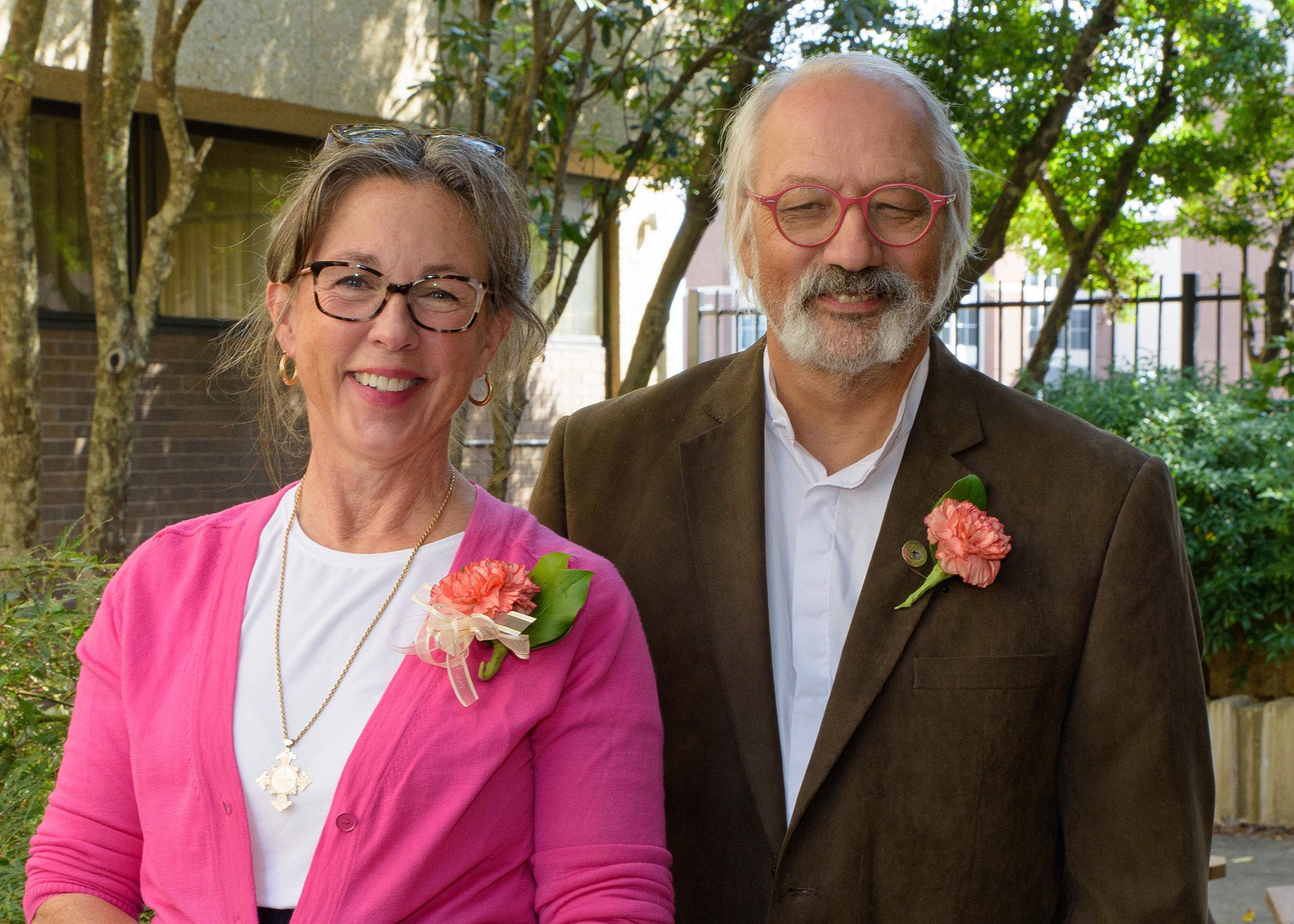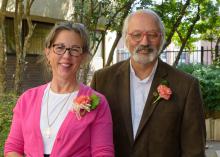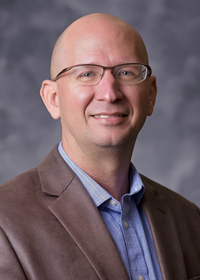Information Possibly Outdated
The information presented on this page was originally released on October 22, 2021. It may not be outdated, but please search our site for more current information. If you plan to quote or reference this information in a publication, please check with the Extension specialist or author before proceeding.
Preserve ecosystems in home landscapes
STARKVILLE, Miss. -- Participants in a Mississippi State University landscape symposium learned tips for preserving the life in their own backyards and contributing positively to the larger, regional ecosystem.
The 66th Edward C. Martin Landscape Symposium was held Oct. 20 at MSU.
The focus of this year’s symposium was “The Life in Your Backyard,” with the goal of protecting and improving each person’s private ecosystem. Susan Haltom, author of “One Writer’s Garden,” a look at Eudora Welty’s garden, said each person’s landscape is essential to the health of the overall environment.
She encouraged the use of native plants in home landscapes and urged homeowners to reduce their lawn area, letting the edges blend into a tall grass meadow, if possible.
“We don’t have to take out our favorite plants but add some natives in,” Haltom said. “The roots of native plants extend deep down in the soil, and they require less water, are easy to care for and are naturally gorgeous.”
She would like gardeners to think in a broader and looser sense about their garden’s daily life. She practices ecological horticulture, taking cues from nature while neither seeking nor expecting perfection in the garden but enjoying each season’s changes.
“Ecological horticulture is a method of gardening that encourages the dynamic between plants, wildlife and soil,” Haltom said. “By encouraging plants to thrive without as much care and interference from us, we allow for high levels of biodiversity that can help heal our landscapes.”
This biodiversity in landscapes and gardens encompasses all the different kinds of life found in one area, including animals, plants, fungi and microorganisms.
“These create an intricate web to maintain balance and support healthy life,” Haltom said. “Whatever we do as gardeners should never lead to a loss of biodiversity.”
Bob Brzuszek, a landscape architect with the MSU Extension Service, has organized this landscape symposium for the last 16 years. He spoke about making a food forest garden to create an edible legacy in the landscape.
“A food forest differs from a traditional garden or orchard in that it mimics some natural processes and how a woodland or forest grows,” Brzuszek said. “Look at the garden as a system not as a product.”
A traditional orchard is a monoculture, maximizing yield for one crop, but creating a situation where pests and disease can spread easily. Traditional orchards tend to take a lot of space as plants are situated to receive adequate sunlight.
“A food forest is a polyculture, and it maximizes a diversity of crops while minimizing space needs for those crops,” Brzuszek said. “Pests and diseases have a minimized spread, and plants are selected for the varied amounts of sunlight they need.”
Food forests take advantage of green waste, such as fallen leaves and branches, to build up a healthy, living soil beneath it.
“We’re less worried about how to successfully grow a plant and more worried about how to successfully enjoy a plant,” he said.
Richard Brown, MSU emeritus professor, talked about the Blackbelt Prairie located near the MSU campus.
He said in the distant past, the entire region was prairie. Remnants of the region-wide prairie persisted until the 1830s in the form of small prairies isolated by forestland scattered throughout the region.
“The tiny prairies of the past are now row crop fields,” Brown said. “Now only about 1% of prairies remains from what it was 150 years ago.”
Brown described the plant and insect life of these prairies that are unique to the area. He said the state’s prairie and its biodiversity are threatened by urbanization and invasive species. Individuals can help preserve the natural landscape by using native species in their own yards and protecting any natural prairies they may have on their own land.
“We have a very special place here with the Blackbelt Prairie,” Brown said. “You don’t have to drive to Kansas to experience a prairie.”
For information on Smart Landscapes, which are good-looking, low-maintenance yards that encourage wildlife, use water wisely, lower energy costs and benefit both homes and neighborhoods, visit http://extension.msstate.edu/smartlandscapes.





